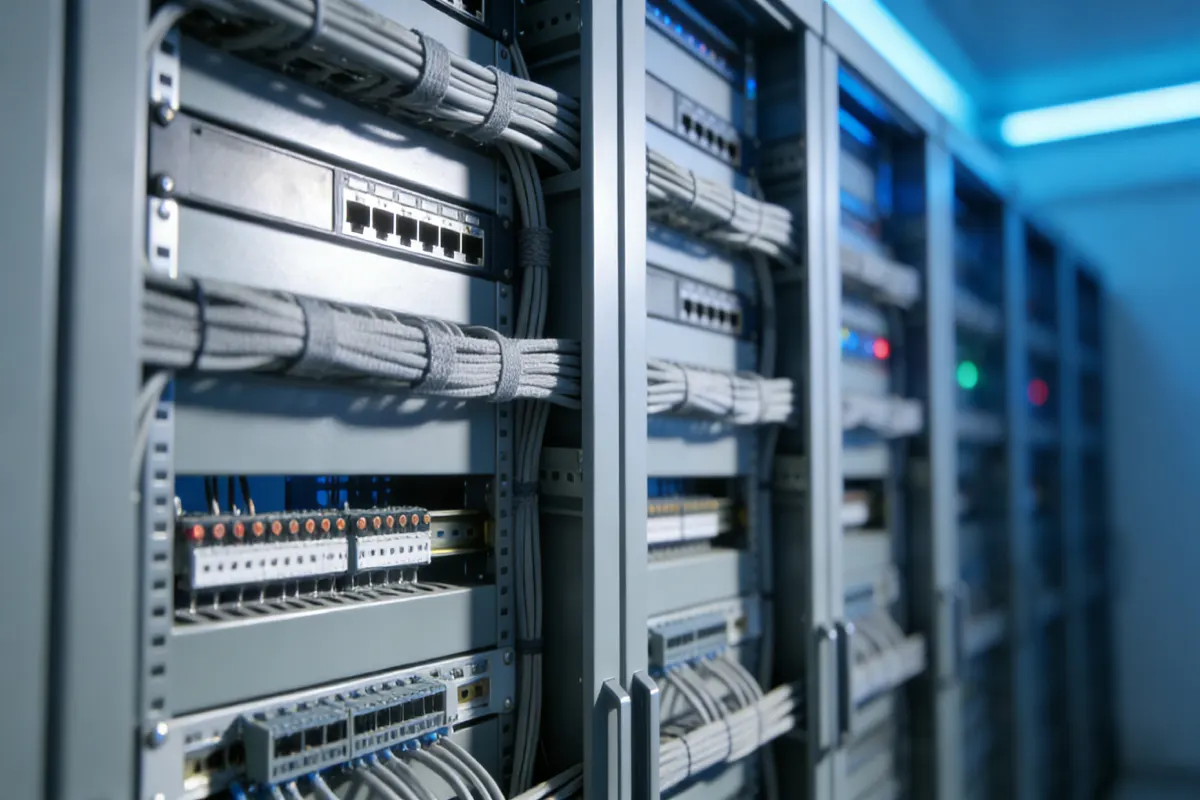Do Outdoor Lights Need A Junction Box?
Table of Contents
ToggleOutdoor lighting installations are essential for safety and aesthetics. However, proper installation with a lighting junction box or exterior junction box is crucial for safety and durability.
Let’s dive into why these boxes are essential and situations where they might not be necessary.
Benefits of Using a Junction Box for Outdoor Lights
Enhanced Safety: A lighting junction box keeps the wiring safely enclosed. This reduces the risk of electric shock. It also helps prevent accidental disconnection. The added layer of protection ensures safer operation, especially in high-traffic areas.
Weatherproof Protection: Outdoor lighting fixtures face harsh weather like rain, snow, and UV rays. These can wear down and damage electrical connections. A well-sealed exterior junction box acts as a barrier. It keeps moisture out and helps extend the life of the fixture.
Organized Wiring: A junction box keeps all wires in one place. This prevents tangling and clutter. It also makes maintenance and repairs easier. Organized wiring lowers the chance of loose connections, keeping the system secure.
Code Compliance: Many building codes require a junction box for outdoor installations. This ensures all electrical connections are safe, easy to access, and protected from weather. Installing a junction box helps meet these regulations and protects against potential fines.
Extended Fixture Lifespan: A junction box protects the wiring from the elements. This helps reduce wear on the fixture and extends its lifespan. It also reduces the frequency of repairs and replacements, saving on long-term costs.

Unsure about junction box requirements? Contact our team for professional advice and a product quote!
When You Might Not Need a Junction Box
In some cases, a junction box may not be required for outdoor lights. For example:
- Self-Contained Fixtures: Some outdoor lights have built-in waterproof connections or mounting options. This removes the need for a separate junction box.
- Low-Voltage Systems: Low-voltage lights, like pathway lights, often don’t need a junction box. They can connect to a transformer with weatherproofing.
- Solar Lights: Solar-powered lights usually don’t connect to external wiring, so they don’t require a junction box for installation.
It’s essential to check the manufacturer’s guidelines and local codes to determine if a junction box is necessary for your specific setup.
FAQ
Can I install outdoor lights without a junction box?
Yes, but only if the fixture has a built-in weatherproof connection or is solar-powered.
What’s the purpose of an exterior junction box?
The purpose of an exterior junction box is to protect electrical connections from weather damage, ensuring safety and extending the lifespan of the fixture.
How does a junction box improve outdoor lighting safety?
A junction box prevents moisture and debris from reaching electrical connections, reducing shock and fire risks.
Is a junction box required by code for outdoor lighting?
In most areas, building codes require a junction box for outdoor lighting to protect against environmental exposure.
Tel: +86-577-88671000
E-mail: ceo@tosun.com
Skype: tosunelectric
Wechat: +86-139 6881 9286
WhatsApp: +86-139 0587 7291
Address: Room No.1001 Wenzhou Fortune Center,Station Road, Wenzhou, China
REQUEST A QUOTE
WhatsApp us
 : +86-139 0587 7291
: +86-139 0587 7291 English
English Español
Español Русский
Русский Français
Français العربية
العربية Português do Brasil
Português do Brasil Українська
Українська Türkçe
Türkçe Polski
Polski Nederlands
Nederlands Italiano
Italiano Bahasa Indonesia
Bahasa Indonesia हिन्दी
हिन्दी اردو
اردو አማርኛ
አማርኛ Հայերեն
Հայերեն ไทย
ไทย Монгол
Монгол فارسی
فارسی Shqip
Shqip Ελληνικά
Ελληνικά


